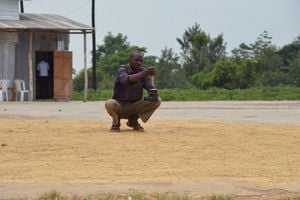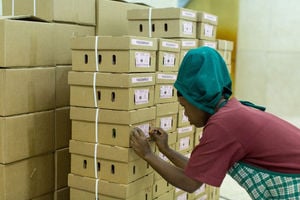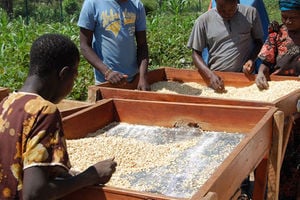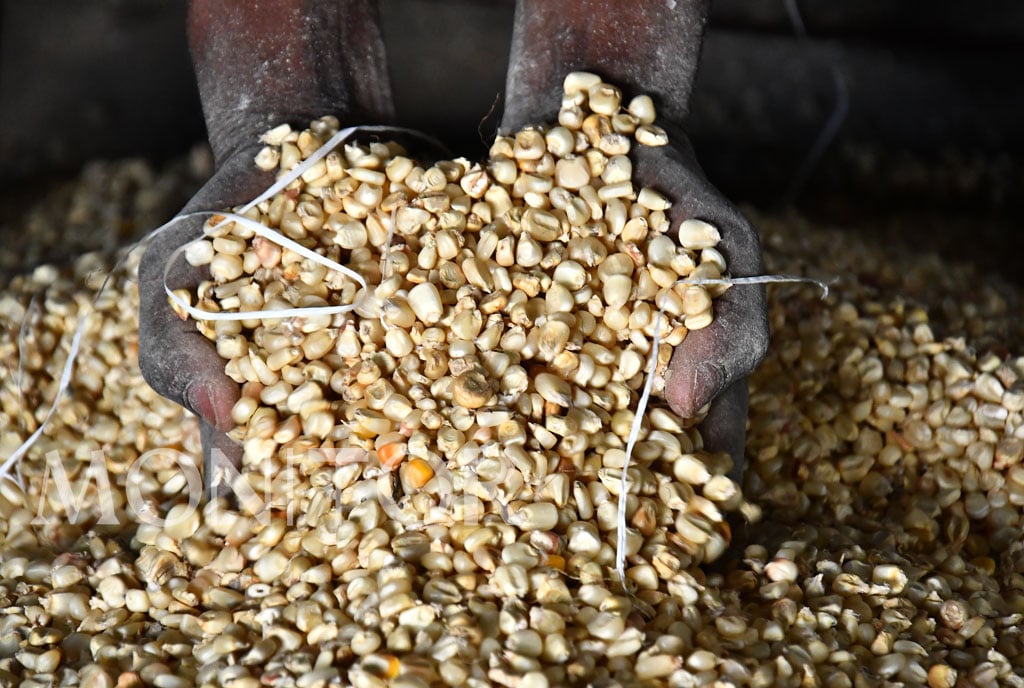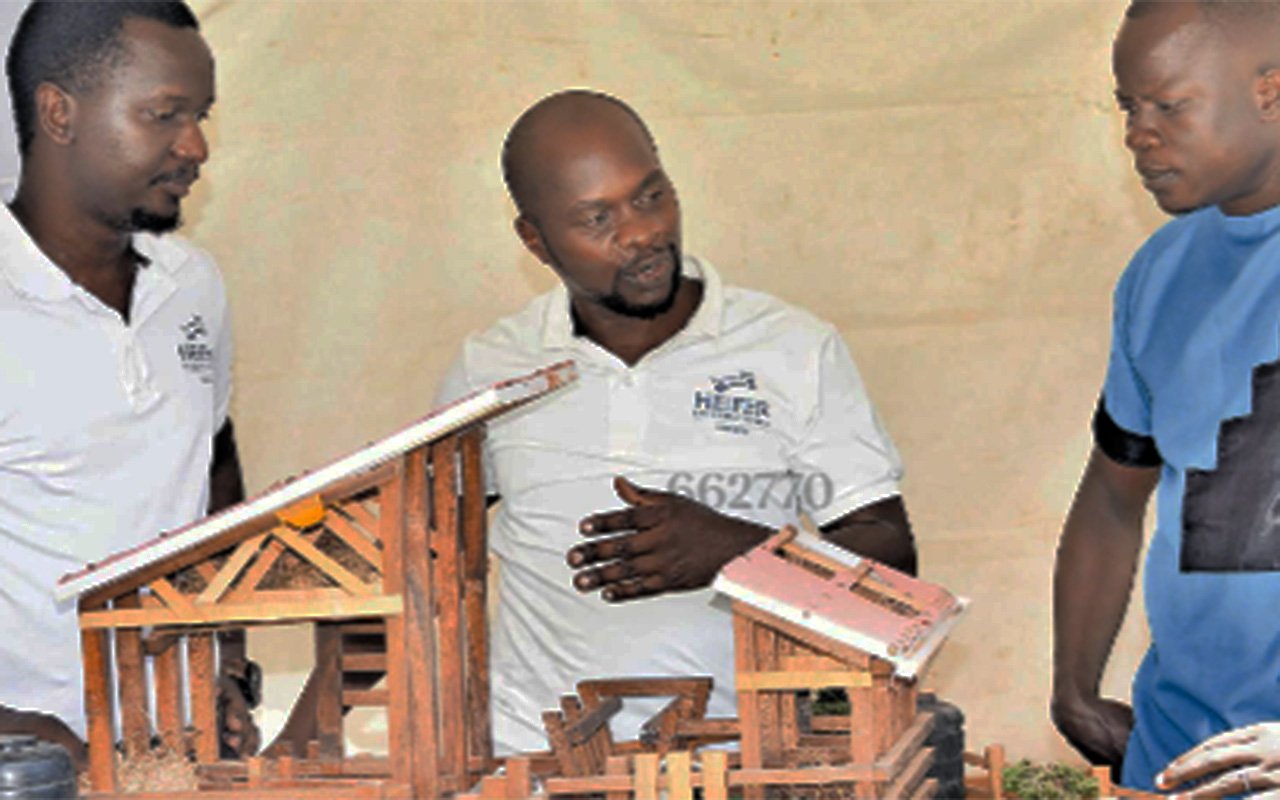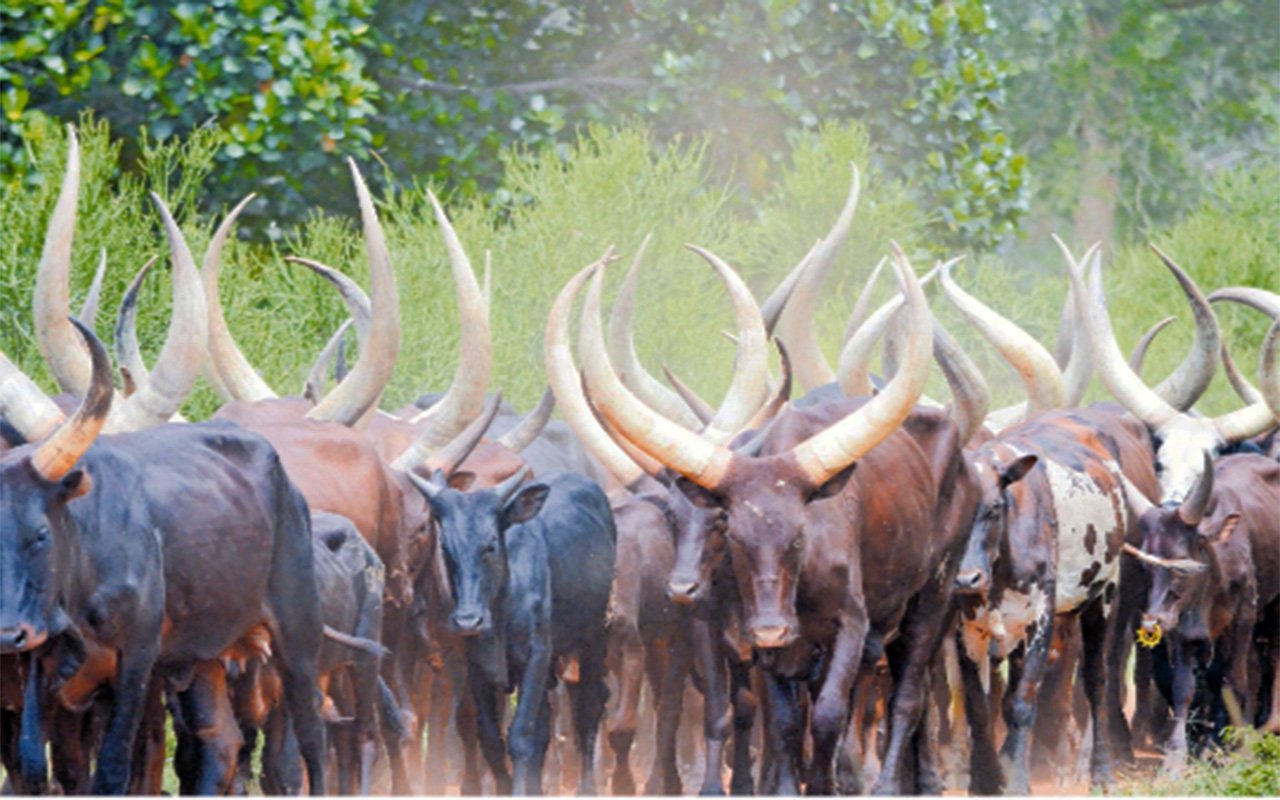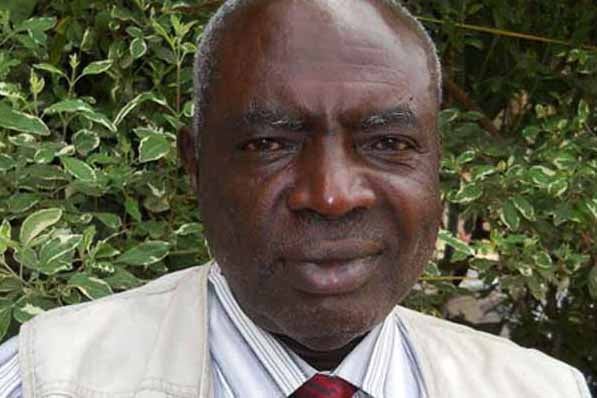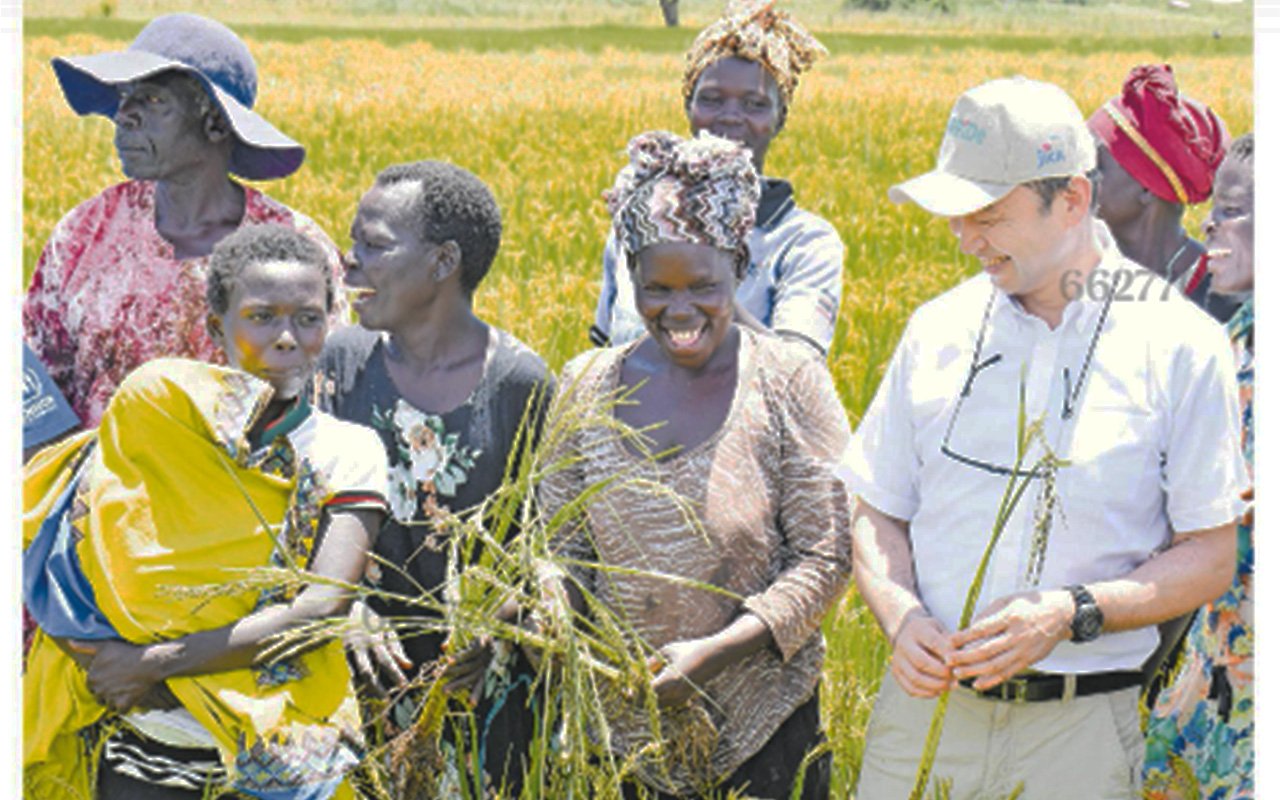
Naoki Ando, the Jica Senior Vice President, interacts with rice farmers in Ocea community, Rhino Camp. PHOTO/ COURTESY
Over a decade ago, residents in Ocea community inside Rhino Camp Refugee Settlement and their hosts in Madi-Okollo District came together to engage in rice growing to better their living conditions.
But that was basically on a subsistence level. The odds were deeply stacked against them; they lacked advanced knowledge, quality seed varieties, farm implements, and post-harvest handling of their produce, which brutally affected their chances in accessing markets.
Along the way, they received a shot in the arm from the Japan International Cooperation Agency (JICA), which came in to train and equip them with the latest trends and offered quality seeds to plant through the Promotion of Rice Development (PRiDe) project. One way of achieving this was by setting up the "Musomesa Field Schools" programme which JICA runs in conjunction with Naro, Office of the Prime Minister and UNHCR in training agricultural instructors who work as focal persons in the rice whole value chain.
Good harvest, low income
With better knowledge through these trainings, the numbers of the farmers has grown tenfold (from a meagre 13 in the beginning to more than 75 currently) and rice growing became the go-to business in Ocea Refugee community, Rhino Camp.
With high yielding varieties from Japan where a kilogramme gives you 50kg at harvest, rice became a true game changer. But one problem became a proverbial pebble in the farmers' shoes; storage. After a bumper harvest, each farmer would take their share and keep it in their homesteads.
Transporting it to Arua town for processing became another major problem because of the distance (over 65km) all in bad roads. Basically a farmer would smile at the harvest but weep at the next stage.
Change of fortunes
On Monday, the week started on a smiling note for the farmers. They saw some light at the end of the tunnel when JICA Senior Vice President Naoki Ando cut the tape at the commissioning of a 10-tonne storage facility, the first and only one in their area.
Hassan Hussein, who has been on the forefront of lobbying for this and more, couldn't hide his excitement.
Hussein, on behalf of the host community, donated land for this project to ease the storage burden. JICA constructed the facility and now that it is in place, Hussein believes that that is one huge step into the right direction.
"Now all farmers shall have a centralized point to keep their produce which will help us in having one bargaining voice. If a buyer wants to purchase in bulk, now we have the capacity to meet their demands. Otherwise people were losing out on income while selling individually in small packages," he remarked.
Hussein paints the picture clearly. When you take your produce for processing, people at the hulling machine keep the rice husks. Yet some farmers are also engaging in small scale animal husbandry projects.
"Now that means that the husks, which should be used in feeding their animals, is being lost out to the people manning the hulling machines. But now we shall be retaining our rice and all its end products like husks," he adds.
Transport shall also be a shared responsibility because now the famers shall have one voice and speaking in "bulk".
Challenges abound
The storage facility is just one solution but other hindrances still linger. For example, the group would be far well off if they had their own hulling machine and tractors to till the land in preparation for the planting seasons.
Hussein reckons that whereas the weather is very favourable for rice growing, a lack of machinery is a huge setback. The rice grows in four months; meaning that it's possible to have two seasons annually if they had a tractor to help till the land and prepare it for the second season.
With that in place, Hussein promises that even the remaining uncultivated lands would be given out to the farmers to triple their output.
Abong-Mary Makueth, a member of the refugee rice growing community, says that the time spent preparing the fields between the first harvest and the planting for the second season is long because they do it by use of hand hoes.
It is very time consuming and physically demanding. But Ando reminded them that Rome wasn't built in a day.
"We are here for a very long time. We shall keep working together to tackle these challenges one at a time. We are happy with the progress so far and going forward we shall spread our wings into solving the other challenges," said Ando.
With the PRiDe programme running until 2029, there is hope that the farmers shall keep benefitting from this arrangement and more to come.
Training
With better knowledge through these trainings, the numbers of the farmers has grown tenfold (from a meagre 13 in the beginning to more than 70 currently) and rice growing became the go-to business in Ocea Refugee community, Rhino Camp.

